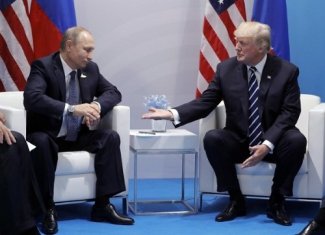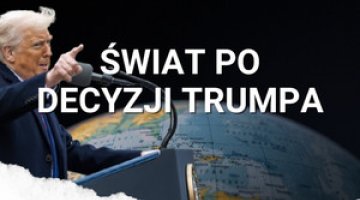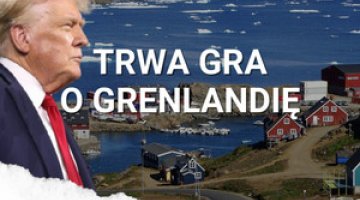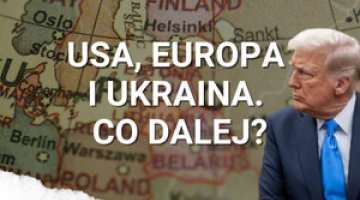The first meeting of Presidents Putin and Trump

The G20 summit held in Hamburg on 7 July saw the first meeting between the President of Russia Vladimir Putin and the US President Donald Trump. The talks, in which the two countries’ foreign ministers also took part, lasted 2 hours and 20 minutes (instead of the 35 minutes announced previously). The subjects of the talks included the conflicts in Syria and Ukraine, Russian cyber-interference with the American presidential campaign, North Korea, and the confiscated Russian diplomatic property in the United States. The main concrete result of the summit was the adoption of a memorandum for a ceasefire in the south-east of Syria. In addition, the two sides agreed to establish a special communication channel to resolve the Russian-Ukrainian conflict. To this end, the US has appointed the former diplomat Kurt Volker to the post of special representative for this issue; he will be in contact with his Russian counterpart Vladislav Surkov. It was also agreed that the appointment of new ambassadors (of the US to Russia and vice versa) will be accelerated. However, after the summit the US President disavowed the initial agreement to create a Russian-American cooperation mechanism on cybersecurity issues.
Commentary
- On the one hand, the contrast between the length of the Putin-Trump meeting (which lasted almost five times longer than originally expected) and its paltry results confirms the existence of serious divergences of interest between the two countries. This is illustrated by the preliminary nature of the ceasefire agreement in Syria, the lack of any visible progress in the issue of the Russian-Ukrainian conflict, persistent differences in the approach to North Korea, and the lack of agreement on the issue of the Russian diplomatic property on US territory which was confiscated as far back as the Obama administration. What is more, after the meeting President Trump confirmed that economic sanctions will be maintained until the conflicts in Syria and Ukraine are finally resolved.
- On the other hand, Moscow gained some benefits. Even though it was held on the sidelines of the G20 summit, and took place only a few months after Trump took office, Putin’s meeting with the leader of the United States allows Kremlin propaganda to portray Russia as an equal partner of the United States. This promotes the legitimacy of the existing system of power in Russia, and will aid the mobilisation of political support for Vladimir Putin. It was important for Russia to push the allegations of cyber-interference in the American electoral campaign into the background, and to receive declarations of America’s willingness to look for areas of positive cooperation with Russia. There is a risk that the Kremlin elite will conclude that their audacious offensive political actions not only do not entail excessive political costs, but make Washington more willing to take Russian interests seriously and allow the Kremlin to improve its image in domestic politics.
- The summit did not bring the two parties any closer together on the issues of the Ukraine conflict or North Korea. The appointment as special representative for the Ukrainian conflict of Kurt Volker (US permanent representative to NATO in 2008-9, and Deputy Assistant Secretary of State for European and Eurasian Affairs in the State Department from 2005-8), who has been known for his tough stance against Russia, as well as the visit (9 July) by the US Secretary of State Rex Tillerson to Kyiv and the statements he made there, contradicted Russian suggestions after the summit that the Trump administration was ready to put more pressure on Ukraine. On the issue of North Korea, the US admitted that it had failed to persuade Russia to adopt a clearer course on the North Korean nuclear and missile testing. The Russian position on this matter is in line with the softer position of the Chinese, as was expressed by Russia’s signing of a joint communiqué with China in response to the North Korean ballistic missile test on 4 July, and the relevant paragraphs of the common political declaration adopted on the same day by President Vladimir Putin and the President of the Chinese People’s Republic Xi Jinping.
- The memorandum on a local ceasefire in Syria is the result of Russian-Jordanian-American negotiations, as well as consultations with Israel. It assumes a local ceasefire between Syrian government forces and the armed opposition in three provinces bordering Israel and Jordan. The agreement came into force on 9 July and so far has been largely holding. The guarantors of the agreement are Russia and the United States, which together with Jordan will set up a centre in Amman to monitor the truce. Provisionally, the agreement’s implementation is to be supervised by Russian detachments; however, essential elements of how the ceasefire should be enforced are still being negotiated. Thanks to this memorandum, Russia has achieved the goal which it had been seeking since spring 2016; it has obtained Washington’s formal acceptance both for its military presence in Syria, as well as for its the role of a superpower with a dominant influence on the international arrangements for Syria. Washington, however, hopes that the agreement will prevent the Iranian armed formations fighting on the side of the Syrian government army from entering areas bordering Israel, and that it will provoke tensions between Moscow and Tehran.




